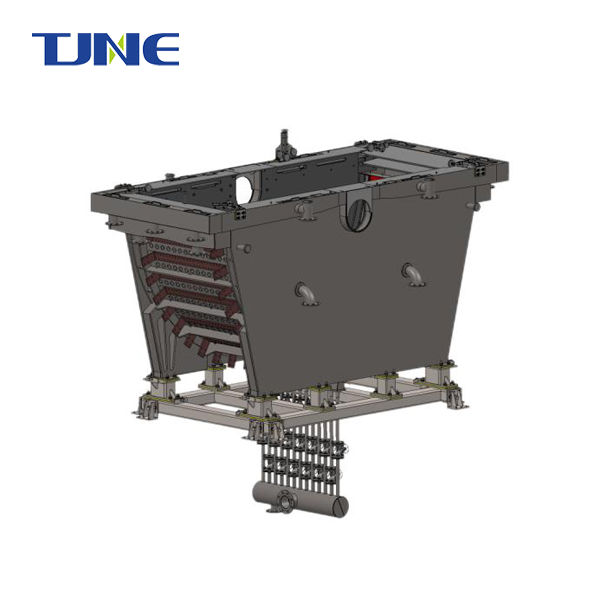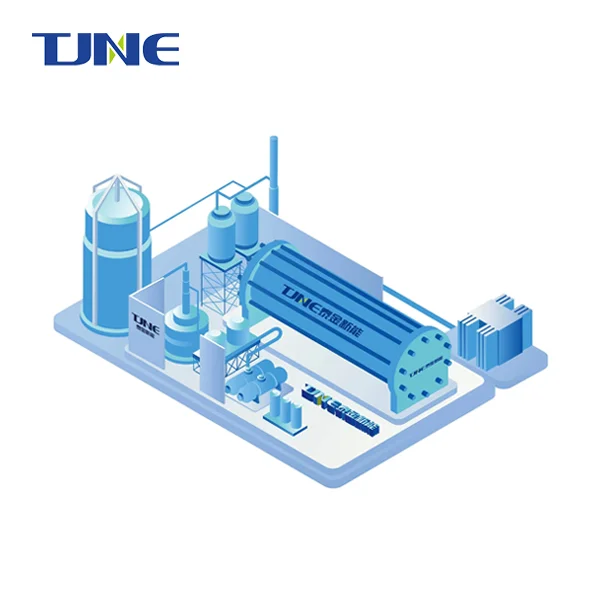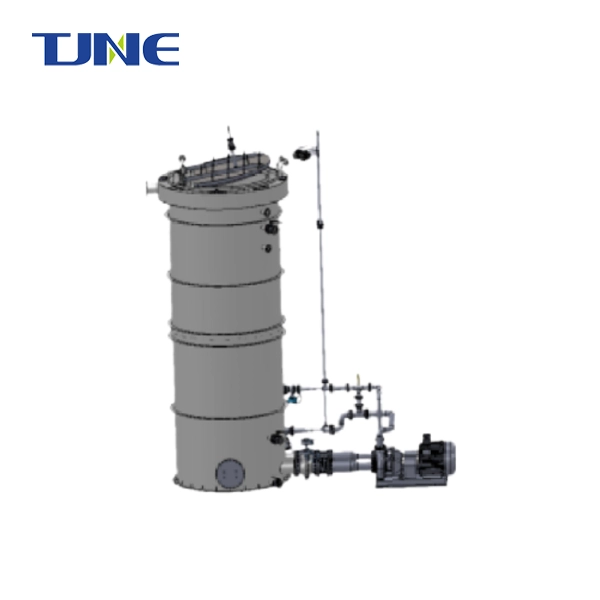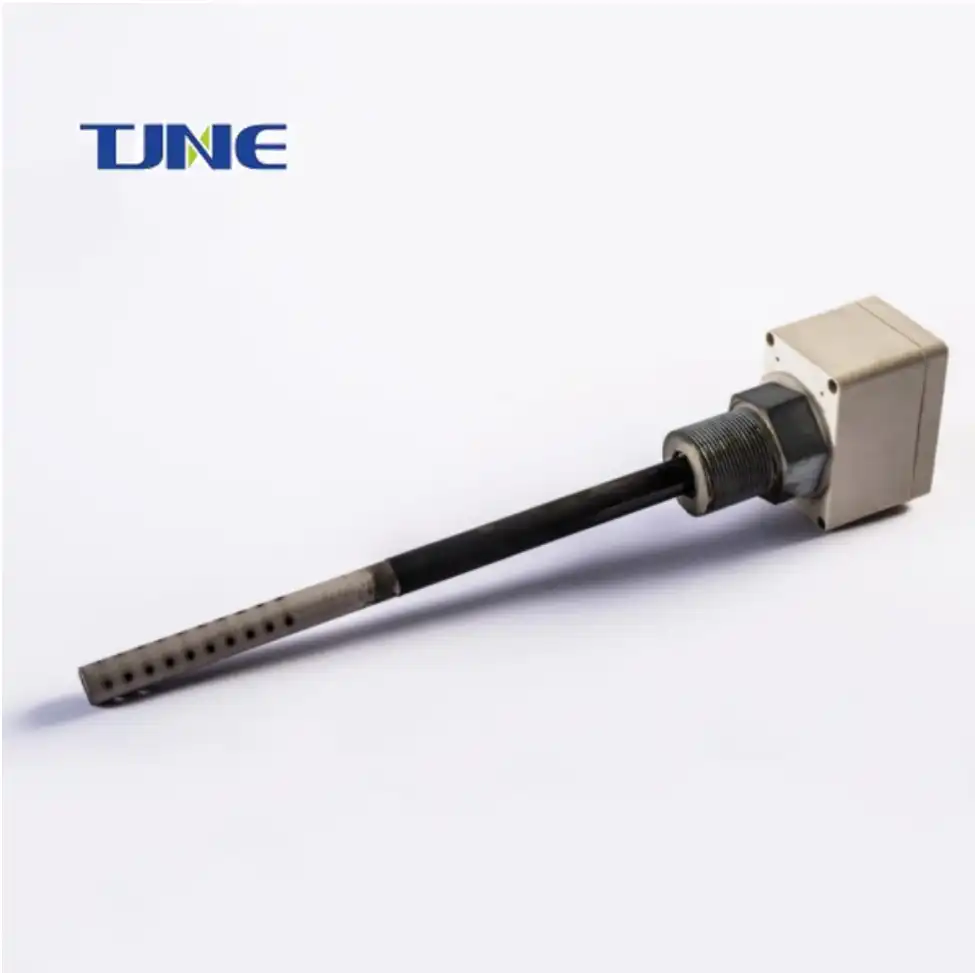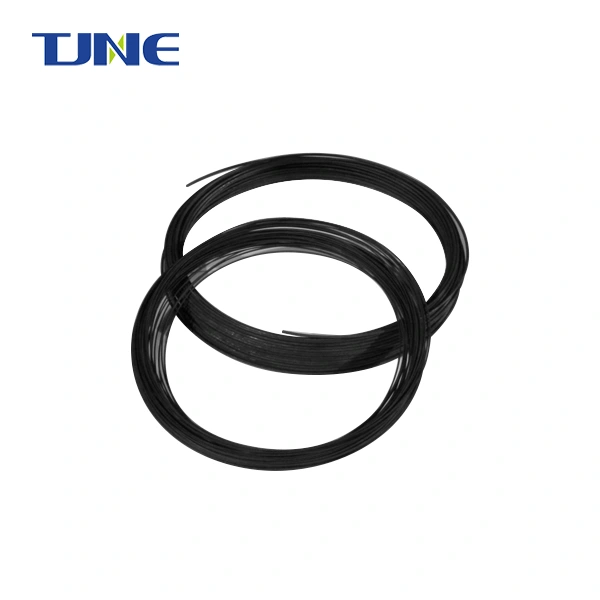- English
- French
- German
- Portuguese
- Spanish
- Russian
- Japanese
- Korean
- Arabic
- Greek
- German
- Turkish
- Italian
- Danish
- Romanian
- Indonesian
- Czech
- Afrikaans
- Swedish
- Polish
- Basque
- Catalan
- Esperanto
- Hindi
- Lao
- Albanian
- Amharic
- Armenian
- Azerbaijani
- Belarusian
- Bengali
- Bosnian
- Bulgarian
- Cebuano
- Chichewa
- Corsican
- Croatian
- Dutch
- Estonian
- Filipino
- Finnish
- Frisian
- Galician
- Georgian
- Gujarati
- Haitian
- Hausa
- Hawaiian
- Hebrew
- Hmong
- Hungarian
- Icelandic
- Igbo
- Javanese
- Kannada
- Kazakh
- Khmer
- Kurdish
- Kyrgyz
- Latin
- Latvian
- Lithuanian
- Luxembou..
- Macedonian
- Malagasy
- Malay
- Malayalam
- Maltese
- Maori
- Marathi
- Mongolian
- Burmese
- Nepali
- Norwegian
- Pashto
- Persian
- Punjabi
- Serbian
- Sesotho
- Sinhala
- Slovak
- Slovenian
- Somali
- Samoan
- Scots Gaelic
- Shona
- Sindhi
- Sundanese
- Swahili
- Tajik
- Tamil
- Telugu
- Thai
- Ukrainian
- Urdu
- Uzbek
- Vietnamese
- Welsh
- Xhosa
- Yiddish
- Yoruba
- Zulu
Titanium electrodes play a crucial role in copper electrodeposition processes, offering excellent corrosion resistance and conductivity. Proper preparation of these electrodes is essential to ensure optimal performance and high-quality copper deposits. This blog post will explore the key steps involved in preparing titanium electrodes for copper electrodeposition, as well as address some common questions related to this topic.
What are the benefits of using titanium electrodes for copper electrodeposition?
Titanium electrodes have gained significant popularity in copper electrodeposition processes due to their numerous advantages over traditional electrode materials. The benefits of using titanium electrodes include:
- Corrosion Resistance: Titanium's exceptional resistance to corrosion in various electrolyte solutions makes it an ideal choice for long-term use in electrodeposition processes. This property ensures the electrode maintains its integrity and performance over extended periods, reducing the need for frequent replacements and minimizing contamination of the electrolyte bath.
- High Conductivity: Although titanium itself is not as conductive as some other metals, when properly prepared and coated, it can offer excellent electrical conductivity. This characteristic is crucial for efficient copper electrodeposition, as it allows for uniform current distribution across the electrode surface, resulting in more even and high-quality copper deposits.
- Durability and Longevity: Titanium electrodes are known for their durability and long service life. Their resistance to wear and tear, coupled with their ability to withstand harsh chemical environments, makes them a cost-effective choice for industrial applications. This durability translates to reduced downtime for electrode replacement and maintenance, ultimately improving overall process efficiency.

- Versatility: Titanium electrodes can be used in a wide range of electrolyte solutions and pH levels, making them suitable for various copper electrodeposition applications. This versatility allows for greater flexibility in process design and optimization.
- Low Contamination: Due to their inert nature and resistance to corrosion, titanium electrodes contribute minimal impurities to the electrolyte bath. This characteristic is particularly important in applications where high-purity copper deposits are required, such as in the electronics industry.
- Lightweight: Compared to some other electrode materials, titanium is relatively lightweight. This property can be advantageous in large-scale industrial setups, where the weight of equipment can impact overall system design and handling.
- Customizable Surface Properties: Titanium electrodes can be easily modified through various surface treatments and coatings to enhance their performance for specific applications. This adaptability allows for fine-tuning of electrode properties to meet the unique requirements of different copper electrodeposition processes.
Understanding these benefits is crucial for engineers and researchers working in the field of electrodeposition, as it helps inform decisions regarding electrode selection and process optimization. The advantages offered by titanium electrodes make them an attractive choice for many copper electrodeposition applications, particularly where long-term performance and deposit quality are paramount.
How does the surface preparation of titanium electrodes affect copper electrodeposition?
The surface preparation of titanium electrodes is a critical factor that significantly influences the quality and efficiency of copper electrodeposition. Proper surface preparation ensures optimal adhesion of the copper deposit, uniform current distribution, and consistent deposition rates. Here's an in-depth look at how surface preparation affects copper electrodeposition and the key steps involved in the process:
a) Surface Cleanliness:
The first and most crucial step in preparing titanium electrodes is ensuring a clean surface. Any contaminants, such as oils, greases, or oxides, can interfere with the electrodeposition process. These impurities can lead to poor adhesion of the copper deposit, non-uniform current distribution, and even defects in the final copper layer.
To achieve a clean surface, several methods can be employed:
- Solvent Degreasing: Using organic solvents like acetone or isopropyl alcohol to remove oils and greases.
- Alkaline Cleaning: Employing alkaline solutions to remove organic contaminants and some oxides.
- Acid Etching: Using dilute acids (e.g., hydrofluoric acid or a mixture of nitric and hydrofluoric acids) to remove surface oxides and create a fresh, active titanium surface.
b) Surface Roughness:
The roughness of the titanium electrode surface plays a significant role in copper electrodeposition. A properly roughened surface provides:
- Increased Surface Area: This leads to better adhesion of the copper deposit.
- Improved Current Distribution: Rougher surfaces can help distribute the electric current more evenly, resulting in more uniform copper deposition.
- Enhanced Nucleation Sites: Surface roughness creates more sites for copper nucleation, promoting a more even and finer-grained deposit.
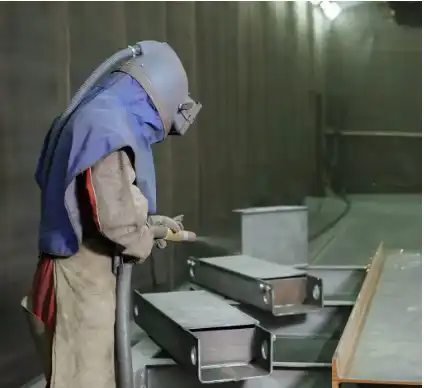
Surface roughening can be achieved through:
- Mechanical Abrasion: Using sandpaper or grit blasting to create a uniform rough surface.
- Chemical Etching: Employing specific acid mixtures to etch the surface in a controlled manner.
- Electrochemical Etching: Applying an electric current in an appropriate electrolyte to roughen the surface.
c) Surface Activation:
Activating the titanium surface is crucial for initiating copper deposition. Titanium naturally forms a passive oxide layer when exposed to air, which can hinder the electrodeposition process. Surface activation involves:
- Removing the Passive Layer: This is typically done through acid etching or electrochemical methods.
- Creating Active Sites: Generating areas on the surface where copper ions can easily reduce and deposit.
d) Surface Modification:
In some cases, modifying the titanium surface can enhance its performance for copper electrodeposition:
- Coating with Conductive Materials: Applying a thin layer of a highly conductive material (e.g., platinum or iridium oxide) can improve current distribution and initiation of copper deposition.
- Creating a Porous Structure: Techniques like anodization can create a porous titanium oxide layer, which can enhance adhesion and provide unique properties to the deposited copper layer.
e) Surface Characterization:
After preparation, it's essential to characterize the electrode surface to ensure it meets the required specifications:
- Surface Roughness Measurement: Using profilometers or atomic force microscopy to quantify surface roughness.
- Chemical Composition Analysis: Employing techniques like X-ray photoelectron spectroscopy (XPS) to verify surface cleanliness and composition.
- Wettability Tests: Conducting contact angle measurements to assess surface energy, which can impact copper nucleation and growth.
The effects of proper surface preparation on copper electrodeposition are profound:
- Improved Adhesion: A clean, roughened surface provides better mechanical interlocking between the titanium substrate and the copper deposit.
- Enhanced Nucleation: Proper surface preparation creates numerous nucleation sites, leading to a finer-grained and more uniform copper deposit.
- Uniform Current Distribution: A well-prepared surface ensures even distribution of electric current, resulting in consistent copper deposition across the electrode.
- Reduced Impurities: Thorough cleaning and activation minimize the inclusion of impurities in the copper deposit, improving its purity and properties.
- Increased Efficiency: Optimal surface preparation can lead to higher current efficiencies and faster deposition rates.
By carefully controlling the surface preparation process, engineers and researchers can significantly influence the quality, uniformity, and properties of the electrodeposited copper layer. This attention to detail in electrode preparation is crucial for achieving high-performance copper coatings in various applications, from electronics to industrial plating processes.
What are the best practices for maintaining titanium electrodes during copper electrodeposition?
Maintaining titanium electrodes properly during copper electrodeposition is crucial for ensuring consistent performance, prolonging electrode life, and maintaining the quality of the deposited copper. Here are some best practices for maintaining titanium electrodes throughout the electrodeposition process:
a) Regular Cleaning and Inspection:
- Scheduled Cleaning: Implement a regular cleaning schedule to remove any build-up of copper or other deposits on the electrode surface. The frequency of cleaning will depend on the specific process conditions and deposition rates.
- Visual Inspection: Regularly inspect the electrode surface for signs of wear, pitting, or uneven copper build-up. Early detection of issues can prevent more significant problems down the line.
- Non-Destructive Testing: Periodically perform non-destructive tests (e.g., ultrasonic testing) to check for any internal defects or changes in the electrode structure.
b) Proper Storage:
- Dry Environment: When not in use, store titanium electrodes in a dry environment to prevent moisture-induced corrosion or oxidation.
- Protective Covering: Use protective covers or wraps to shield the electrodes from physical damage and contaminants during storage.
- Avoid Contact with Other Metals: Store titanium electrodes separately from other metal objects to prevent galvanic corrosion.
c) Electrolyte Management:
- pH Control: Maintain the electrolyte pH within the optimal range for copper electrodeposition. Extreme pH levels can affect the passive layer on the titanium surface.
- Electrolyte Filtration: Regularly filter the electrolyte to remove any particulates or contaminants that could affect the electrode surface or the quality of the copper deposit.
- Electrolyte Analysis: Conduct periodic chemical analysis of the electrolyte to ensure proper composition and to detect any build-up of impurities that could affect electrode performance.
d) Current Density Control:
- Optimal Current Density: Operate within the recommended current density range for the specific titanium electrode and copper electrodeposition process. Excessive current densities can lead to electrode degradation and poor deposit quality.
- Current Distribution: Use proper electrode geometry and positioning to ensure uniform current distribution across the electrode surface.
- Pulse Plating: Consider using pulse plating techniques to improve current distribution and reduce stress on the electrode surface.
e) Temperature Management:
- Temperature Monitoring: Continuously monitor and control the electrolyte temperature. Excessive temperatures can accelerate electrode degradation and affect the properties of the deposited copper.
- Cooling Systems: Implement efficient cooling systems to maintain stable temperatures during long deposition processes.
f) Periodic Reactivation:
- Surface Reactivation: Periodically reactivate the titanium electrode surface to maintain optimal performance. This may involve light etching or electrochemical treatment to remove any passive layers that have formed during use.
- Recoating: For coated titanium electrodes, monitor the coating condition and reapply when necessary to maintain optimal conductivity and performance.
g) Handling and Installation:
- Careful Handling: Handle titanium electrodes with care to avoid physical damage to the surface. Use clean gloves and tools when manipulating the electrodes.
- Proper Installation: Ensure secure and correct installation of the electrodes in the electrodeposition setup. Improper installation can lead to uneven current distribution and electrode wear.
h) Documentation and Tracking:
- Electrode History: Maintain detailed records of each electrode's usage history, including total operating hours, number of deposition cycles, and any maintenance performed.
- Performance Tracking: Regularly monitor and record key performance indicators such as current efficiency, deposit quality, and electrode wear rate to identify any trends or deviations.
i) Training and Standard Operating Procedures:
- Operator Training: Ensure that all personnel handling the electrodes and operating the electrodeposition process are properly trained in electrode maintenance and best practices.
- Standard Operating Procedures (SOPs): Develop and implement clear SOPs for electrode handling, cleaning, and maintenance to ensure consistent practices across all operators.
j) Advanced Monitoring Techniques:
- In-situ Monitoring: Implement advanced monitoring techniques such as electrochemical impedance spectroscopy (EIS) to assess electrode condition during operation without interrupting the process.
- Reference Electrodes: Use reference electrodes to accurately monitor and control the potential at the titanium electrode surface during deposition.
k) End-of-Life Management:
- Retirement Criteria: Establish clear criteria for when a titanium electrode should be retired from service based on performance metrics, visual inspection, and total usage time.
- Recycling: Implement a recycling program for retired titanium electrodes to recover valuable materials and minimize environmental impact.
By adhering to these best practices, operators can significantly extend the life of titanium electrodes, maintain consistent performance in copper electrodeposition processes, and ensure high-quality copper deposits. Regular maintenance not only improves the efficiency of the electrodeposition process but also contributes to cost savings by reducing downtime and electrode replacement frequency. Additionally, well-maintained electrodes contribute to better process control, leading to more consistent and higher-quality copper deposits across production runs.
In conclusion, the preparation and maintenance of titanium electrodes for copper electrodeposition is a critical aspect of achieving high-quality, efficient, and consistent results in electroplating processes. By understanding the benefits of titanium electrodes, implementing proper surface preparation techniques, and following best practices for electrode maintenance, operators can optimize their copper electrodeposition processes for a wide range of applications. As technology continues to advance, ongoing research and development in electrode materials and preparation techniques will likely lead to further improvements in this field, offering even greater control and efficiency in copper electrodeposition processes.
If you are interested in the products of Xi'an Taijin New Energy & Materials Sci-Tech Co., Ltd., please contact yangbo@tjanode.com.
References:
1. Walsh, F. C., & Ponce de León, C. (2014). A review of the electrodeposition of metal matrix composite coatings by inclusion of particles in a metal layer: an established and diversifying technology. Transactions of the IMF, 92(2), 83-98.
2. Schlesinger, M., & Paunovic, M. (Eds.). (2011). Modern electroplating (Vol. 55). John Wiley & Sons.
3. Dini, J. W., & Snyder, D. D. (2010). Electrodeposition of copper. In Modern Electroplating (pp. 33-78). John Wiley & Sons, Inc.
4. Paunovic, M., Schlesinger, M., & Snyder, D. D. (2010). Fundamental considerations. In Modern Electroplating (pp. 1-32). John Wiley & Sons, Inc.
5. Low, C. T. J., Wills, R. G. A., & Walsh, F. C. (2006). Electrodeposition of composite coatings containing nanoparticles in a metal deposit. Surface and Coatings Technology, 201(1-2), 371-383.
6. Holm, M., & O'Keefe, T. J. (2000). Evaluation of titanium lead anodes in copper electrowinning. JOM, 52(10), 28-31.
7. Zhitomirsky, I. (1998). Cathodic electrodeposition of ceramic and organoceramic materials. Fundamental aspects. Advances in Colloid and Interface Science, 75(3), 195-238.
8. Trasatti, S. (2000). Electrocatalysis: understanding the success of DSA®. Electrochimica Acta, 45(15-16), 2377-2385.
9. Walsh, F. C., & Herron, M. E. (1991). Electrocrystallization and electrochemical control of crystal growth: fundamental considerations and electrodeposition of metals. Journal of Physics D: Applied Physics, 24(2), 217.
10. Sato, N. (1989). Electrochemistry at metal and semiconductor electrodes. Elsevier.
Related Industry Knowledge
- How Does Titanium Enhance Copper Electrodeposition Adhesion?
- What Are the Benefits of Using Titanium Electrodes for Copper Electrodeposition?
- How Do Titanium Electrodes Enhance Copper Electrodeposition Efficiency and Quality?
- What is the Process Involved in Electrodepositing Copper Using a Titanium Electrode?
- Can Copper Be Used as an Electrode?
- Are There Environmental Benefits to Using Titanium Anodes for Copper Electrowinning?
- Can Titanium Electrodes Improve the Adhesion of Copper Electrodeposition?
- Why Should You Consider Titanium Electrodes for Copper Plating?
- What Makes PCB RPP Copper Plating Essential for Durable Surface Area Enhancement?
- How Does PCB VCP DC Copper Plating Work in Direct Current Systems?






